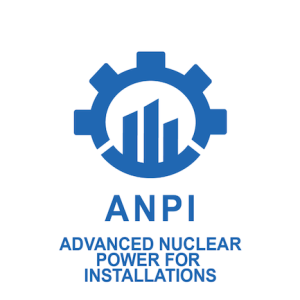
The Hanford Field Office and its tank operations contractor have begun retrieving radioactive and chemical waste from another large, underground storage tank at the US Hanford Site in Washington State. Single-shell Tank A-102 is a million-gallon tank that contains about 41,000 gallons of solid waste. It is the 23rd tank on the site to have waste retrieved. The waste is being transferred to newer, double-shell tanks for continued safe storage until it is treated for disposal.
“Moving waste from underground tanks is not easy, but Hanford teams continue to build on their extensive experience as they take another significant step in our risk-reduction mission,” said Jim Greene, Hanford programme manager for single-shell tank retrievals.
Hanford is home to 177 underground waste storage tanks – a legacy of nuclear weapons development and nuclear energy research during World War II and Cold War. These include 149 single-shell tanks (SST), and 28 double-shell tanks (DST), ranging from 55,000 to 1.265m gallons in capacity. The tanks were built in groups referred to as tank farms. Workers built A-102 and five other million-gallon tanks in the A Tank Farm in the 1950s to store waste from plutonium processing.
To prepare for retrieving waste from the tanks, workers replaced old equipment and built the infrastructure to remove waste from multiple tanks. Workers installed a pressurised water system in the Hanford Site’s Tank A-102 to help break down waste during retrieval activities. During retrieval, workers operate equipment remotely to break down the solid waste in Tank A-102 with pressurised water and then pump out the waste.
“We are excited to be starting field operations on another tank,” said Peggy Hamilton, the contractor’s retrievals manager. “It is a testament to the entire Tank Farms team’s talent, hard work and dedication that we are able to safely continue advancing the cleanup mission.”






